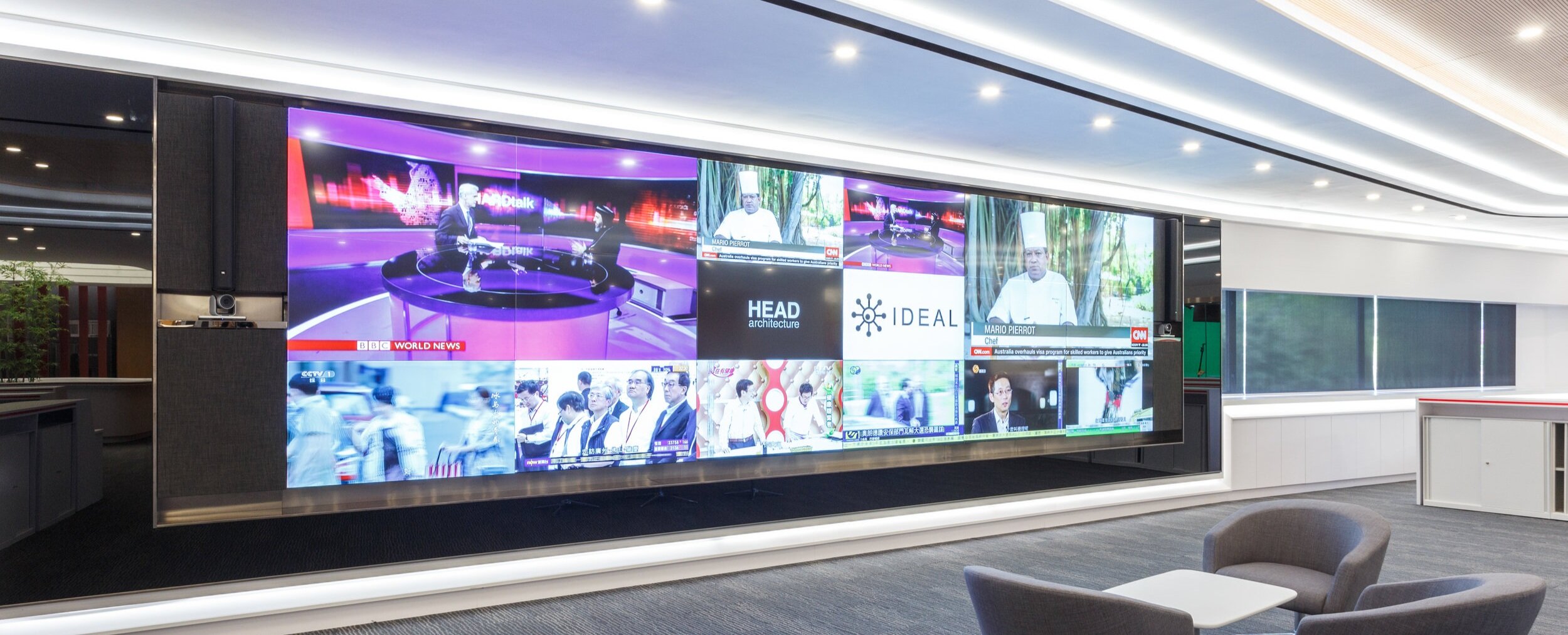Investigating the Durability of LED Wall Panels in Contrast to Traditional Screen Technologies
Investigating the Durability of LED Wall Panels in Contrast to Traditional Screen Technologies
Blog Article
LED panel screens have grown increasingly favored in current years, especially in environments like educational institutions, businesses, and public areas. These screens use light-emitting diodes (LEDs) to create bright and lively images. One of the most notable benefits of LED technology is its longevity compared to conventional screen methods, such as CRT tube tubes (CRTs) and liquid crystal displays. Understanding the differences in lifespan and functionality between these options can assist consumers make knowledgeable decisions about their display needs.
Traditional screen technologies, like CRTs, have been present for numerous decades. They were frequently used in TVs and computer screens. However, CRTs have a shorter lifespan, typically lasting approximately 10,000 to 20,000 hours of use. This means that after a few years, users may notice a deterioration in image quality, such as dimming or hue distortion. In contrast, LED panel panels can last considerably longer, often exceeding 50,000 hours. This extended lifespan means that consumers can experience reliable performance without the requirement for regular replacements.
Another important aspect to consider is energy efficiency. LED panel screens utilize less energy than traditional displays, which not only helps the ecosystem but also lowers electricity expenses. For instance, while a CRT monitor may use around 100 watts of energy, an LED screen can use as few as 30 led wall rental for trade fairs to 50 W. This difference in energy usage adds to the overall longevity of LED innovation, as reduced power usage generates minimal thermal energy. Excessive heat can harm electrical components, leading to a reduced duration for conventional displays.
In furthermore to their extended duration and power efficiency, LED wall panels also provide enhanced image quality. They provide more vivid hues and better differentiation, making them ideal for multiple uses, from marketing to educational displays. The technology behind LED screens enables for a broader viewing angle, meaning that visuals remain clear and vibrant even when seen from the flank. This is a significant advantage over traditional displays, which often experience from color deformation and diminished luminosity at wider perspectives.
In summary, the durability of LED panel panels compared to traditional screen technologies is a key factor for buyers to consider. With lifespans that can surpass 50,000 hrs, energy efficiency, and superior visual clarity, LED innovation offers many advantages. As innovation continues to progress, LED panel panels are likely to become even more common in multiple environments. Grasping these differences can help individuals and organizations make better decisions when purchasing in screen innovation, ensuring they get the best worth for their requirements.